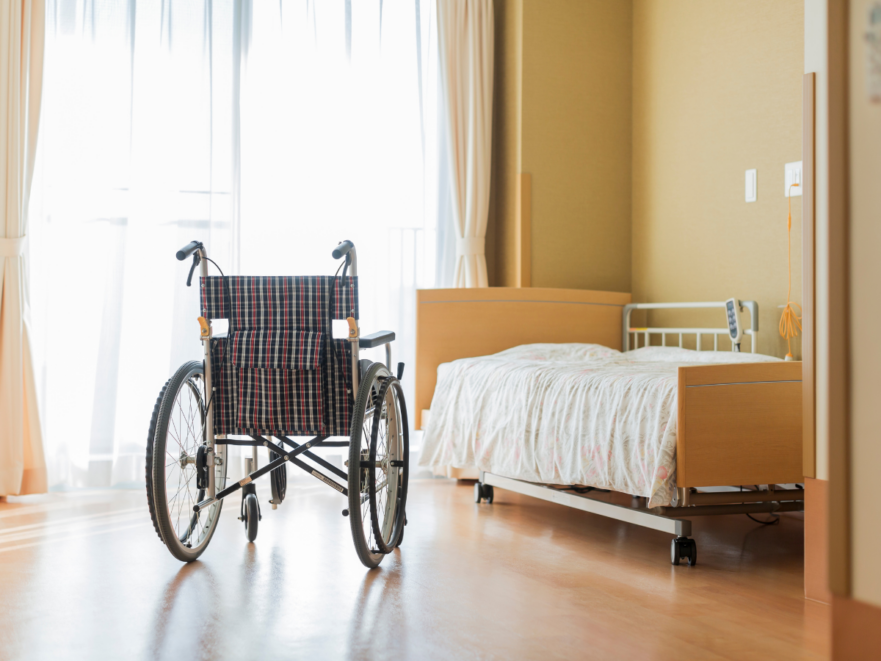We all want our loved ones to be safe and cared for, especially when they are in a nursing home. However, falls can happen, and they can have serious consequences. Understanding the risk factors is the first step towards preventing these accidents. If your loved one has been injured in a fall, it’s crucial for you to know the steps to take to ensure they receive the justice they deserve.
The Risk Factors
Falls in nursing homes can occur for a variety of reasons. These include physical changes due to aging, such as decreased muscle strength, poor balance, or reduced vision. Medical conditions like Parkinson’s disease, Alzheimer’s, or stroke can also increase the risk of falls. Environmental factors, such as poor lighting, cluttered spaces, or wet floors, contribute as well.
For prevention, nursing homes must implement measures to address these risk factors:
- Regular Health Checks: Routine check-ups can help identify any changes in the resident’s health condition, thus enabling timely intervention.
- Personalized Care Plans: Crafting unique care plans for each resident ensures that individual needs and conditions are adequately addressed.
- Proper Medication Management: An efficient system for administering medication minimizes the risk of falls due to overmedication or adverse drug interactions.
- Safe Living Environment: Maintaining clean, clutter-free spaces, ensuring adequate lighting, and keeping floors dry can significantly reduce the risk of falls due to environmental hazards.
Statistics on Nursing Home Falls Among Older Adults
Falls are the leading cause of injury among older adults, and nursing home residents are at an even higher risk. According to the Centers for Disease Control and Prevention (CDC), every year, over 14 million adults aged 65 and above, representing one in four seniors, report experiencing a fall. Not all of these incidents lead to injuries, but approximately 37% of those who do fall sustain an injury that necessitates medical attention or limits their activities for at least a day. This leads to an estimated total of nine million injuries from falls annually.
Nursing Home Falls Leading To Fatalities
According to the Centers for Disease Control and Prevention (CDC), falls are the primary cause of injury-related fatalities among adults aged 65 and over. Alarmingly, the death rate due to falls is on the rise. The age-adjusted death rate from falls has seen a substantial increase of 41%, escalating from 55.3 per 100,000 seniors in 2012 to 78.0 per 100,000 seniors in 2021.
What if a Nursing Home Fall Occurs?
Despite the best prevention methods, falls can still happen. If your loved one has been injured in a nursing home fall, it’s essential to know what steps to take next.
- Seek Immediate Medical Attention: Ensure your loved one receives the necessary medical treatment promptly. This not only addresses their immediate health needs but also documents the injuries sustained from the fall.
- Document the Incident: Make sure the nursing home records the incident in their report logs. Gather as much information as possible about the circumstances of the fall, including photographs if possible.
- Notify the Nursing Home Management: Make sure the management is aware of the incident. They should take immediate action to prevent similar incidents in the future.
- Consult a Lawyer: If you believe the fall was due to negligence on the part of the nursing home, it’s crucial to consult with an attorney who specializes in personal injury or elder law.
Hiring The Ganim Injury Lawyers For Your Claim
At our firm, we understand the emotional and physical toll a fall can have on your loved one and your family. We’re here to help you navigate this challenging time with empathy, expertise, and a commitment to seeking justice. Our team at Ganim Injury Law will tirelessly uphold your loved one’s rights and ensure that they receive the compensation they deserve for their injuries.
Falls in nursing homes are unfortunately common, but they can be prevented. By understanding the risk factors and taking proactive steps, we can help protect our loved ones from harm. If a fall does occur, know that you’re not alone – we’re here to fight for your loved one’s rights and well-being. Contact us for a free, no-obligation consultation.
